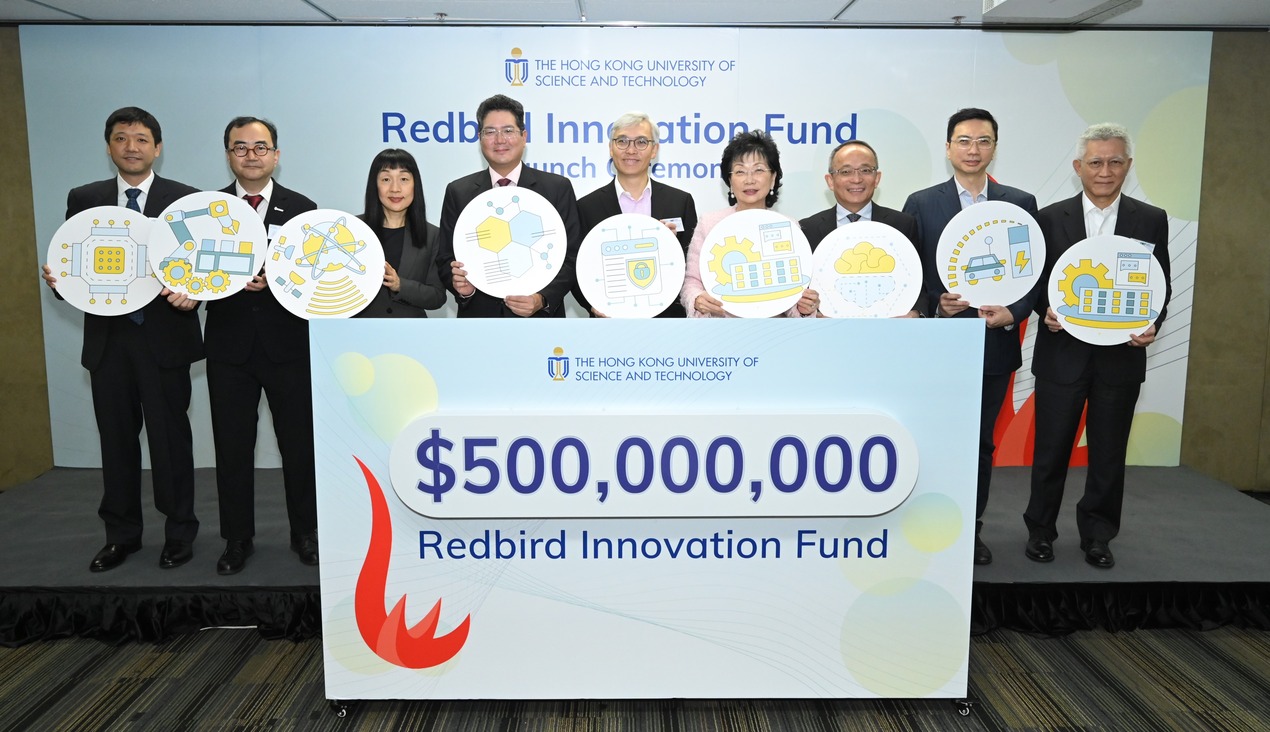
|
Getting your Trinity Audio player ready...
|
Researchers at the National Institute of Standards and Technology (NIST) and their collaborators have constructed a superconducting camera featuring 400,000 pixels. Superconducting cameras are instrumental in capturing faint light signals, whether originating from distant celestial objects or intricate regions of the human brain. The increased pixel count can unlock numerous fresh possibilities in scientific and biomedical research.

The NIST camera comprises grids of ultrathin electrical wires cooled to temperatures near absolute zero, enabling the flow of electrical current without resistance. In this realm of superconducting nanowire cameras, the impact of a single photon is discernible as it disrupts superconductivity at a specific grid location, known as a pixel. Integrating data from all pixel locations, including the respective photon intensities, forms a complete image.
The earliest superconducting cameras that detect individual photons were developed over two decades ago. However, these devices were confined to a mere few thousand pixels, limiting their utility in various applications.
Creating a superconducting camera with a significantly increased pixel count presented multiple challenges. This was primarily due to the immense difficulty in connecting each chilled pixel to its unique readout wire when dealing with many pixels.
The reason behind this challenge lies in the necessity to cool each camera component to ultralow temperatures for proper functioning. Establishing individual connections for hundreds of thousands of pixels to the cooling system was deemed practically unfeasible.
To overcome this obstacle, researchers at NIST, including Adam McCaughan and Bakhrom Oripov, collaborated with scientists from NASA’s Jet Propulsion Laboratory in Pasadena, California, and the University of Colorado Boulder, devised an innovative solution. They opted to consolidate the signals from multiple pixels onto just a few readout wires operating at room temperature.
Superconducting wires handle current up to a critical max without resistance. Researchers applied a current just below this level to sensors. A single photon disrupts superconductivity, redirecting the wind to generate a detectable electrical signal.
The NIST team utilised a grid of intersecting superconducting nanowires resembling a tic-tac-toe board. Pixels, marked by the intersections of vertical and horizontal nanowires, enabled simultaneous signal measurement in rows and columns. This design reduced the need for individual readout wires. They placed superconducting cables parallel to the rows and columns to achieve this.
This approach reduced the required readout wires by measuring entire rows or columns of pixels concurrently. Superconducting wires ran parallel to the rows and columns, with a single photon creating a hotspot, generating two voltage pulses in opposite directions. This allowed the detection of the pixel’s location within the column. A second superconducting wire parallel to the columns served a similar role.
The detectors detected signals with a 50-trillionth-of-a-second precision and counted up to 100,000 photons per second. After adopting the new architecture, they quickly increased the pixel count from 20,000 to 400,000. In the upcoming year, the team’s objectives include enhancing the sensitivity of the prototype camera to the point where it can capture virtually every incoming photon.
This advancement will empower the camera to address low-light tasks such as imaging faint galaxies or planets beyond the solar system, quantifying light in photon-based quantum computers, and contributing to biomedical investigations that utilise near-infrared light to delve into human tissue.
















